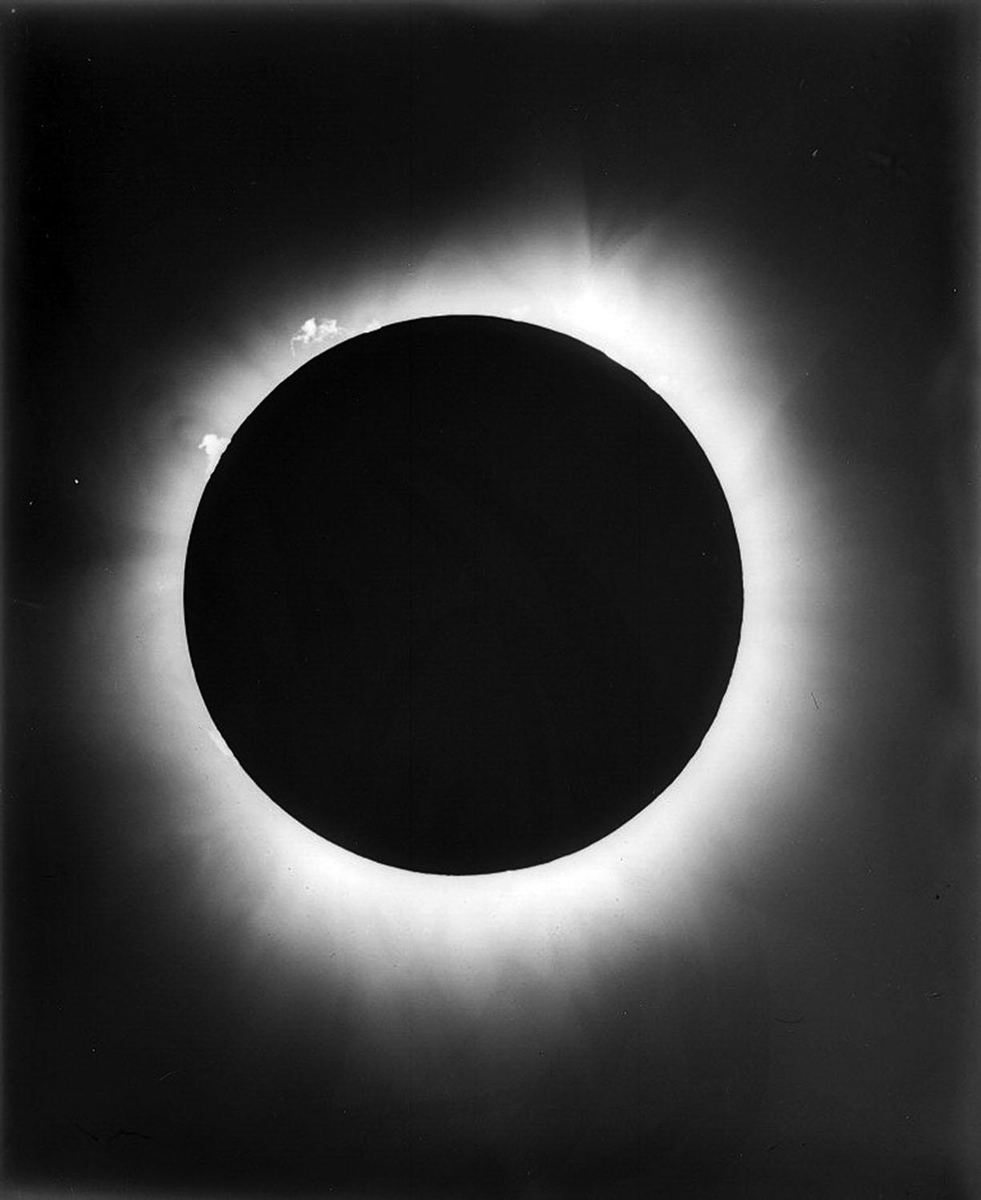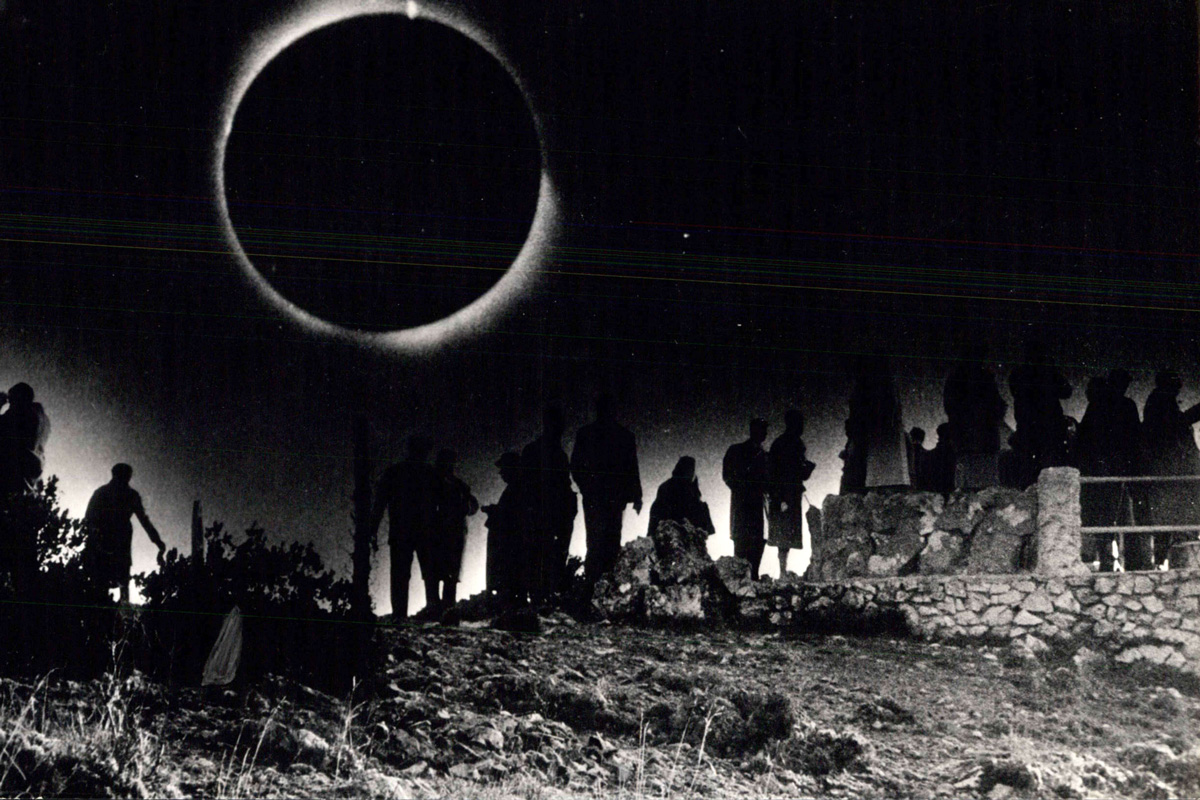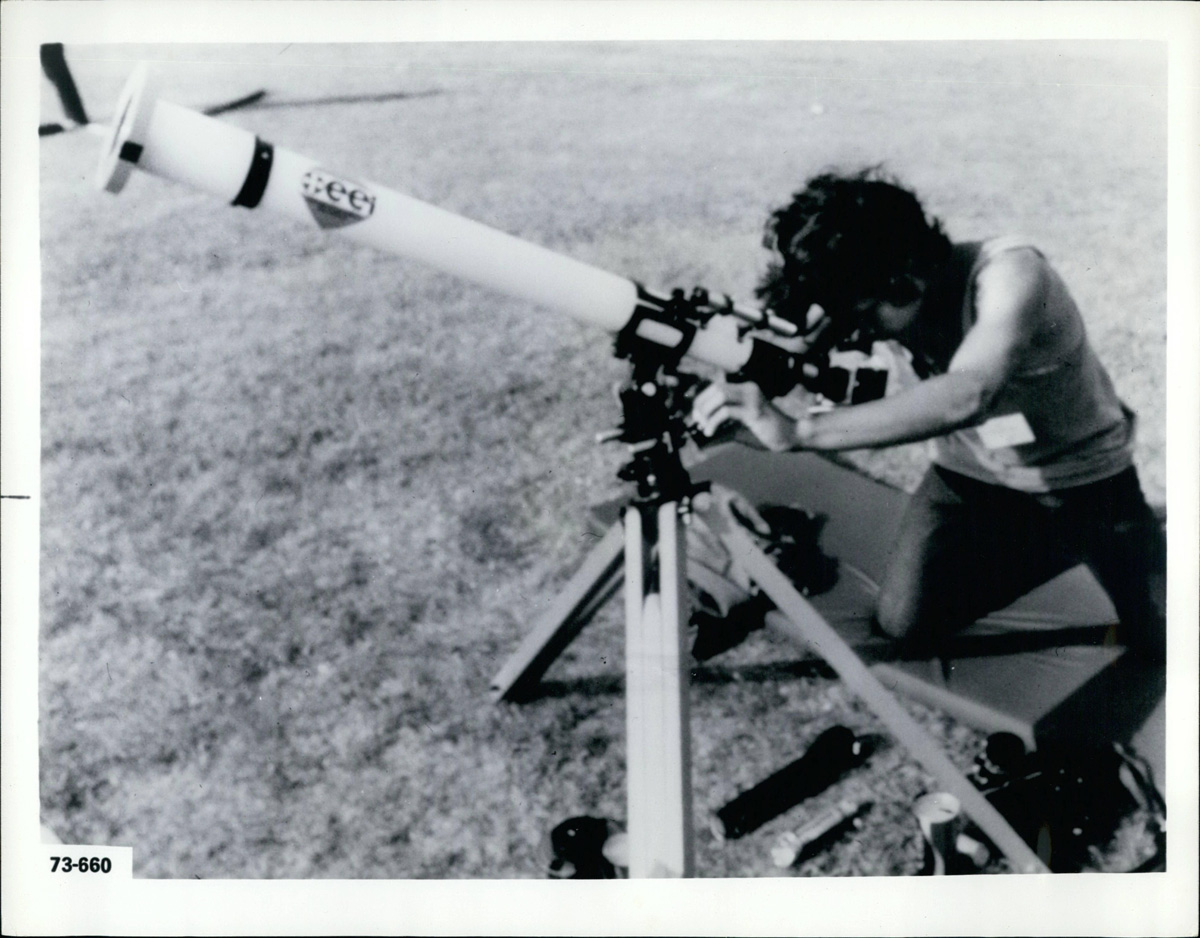A Brief History of Solar Eclipses, From 1900 to 2017 (Gallery)
Eclipse from the past
As the Great American Solar Eclipse of 2017 approaches, here is a look back at how eclipses have been observed and measured since 1900. [Total Solar Eclipse 2017: When, Where and How to See It (Safely)]
Langley's tools
The American astronomer Samuel Pierpont Langley's eclipse observation setup in Wadesboro, North Carolina, tracked the sun and measured its radiation during the eclipse in May 1900.
A spring eclipse
People photographed and viewed the sun through telescopes in the Paris suburb of Saint-Germain-en-Laye in April 1912.
The sun's dark sphere
An image taken of a solar eclipse in 1926.
Glasses ready
A group of nurses observed the June 1927 solar eclipse through glasses with dark solar filters.
Beacon in the fog
St. Margaret's Church in Eastcheap, London, shared the sky with a solar eclipse in June 1936.
Photo time
An amateur astronomer and a schoolgirl paused to photograph a solar eclipse from the middle of the road circa 1936.
Breaking space news, the latest updates on rocket launches, skywatching events and more!
Viewing crew
Pupils and their teacher, from Munich, viewed the solar eclipse through tinted glass in February 1961.
Ring of light
A crowd watched a solar eclipse in Nice, France, in February 1961.
Eclipse campsite
A research team led by Harvard University's Donald Menzel camped out on Prince Edwards Island in Canada's Gulf of St. Lawrence in July 1972 to observe the spectrum and polarization of the sun's corona, film the eclipse's phases, record conditions at totality and search for objects near the sun's disk.
Stages over DC
Ten exposures superimposed on one frame show the phases of a partial solar eclipse above Washington, D.C., in March 1970.

Sarah Lewin started writing for Space.com in June of 2015 as a Staff Writer and became Associate Editor in 2019 . Her work has been featured by Scientific American, IEEE Spectrum, Quanta Magazine, Wired, The Scientist, Science Friday and WGBH's Inside NOVA. Sarah has an MA from NYU's Science, Health and Environmental Reporting Program and an AB in mathematics from Brown University. When not writing, reading or thinking about space, Sarah enjoys musical theatre and mathematical papercraft. She is currently Assistant News Editor at Scientific American. You can follow her on Twitter @SarahExplains.











